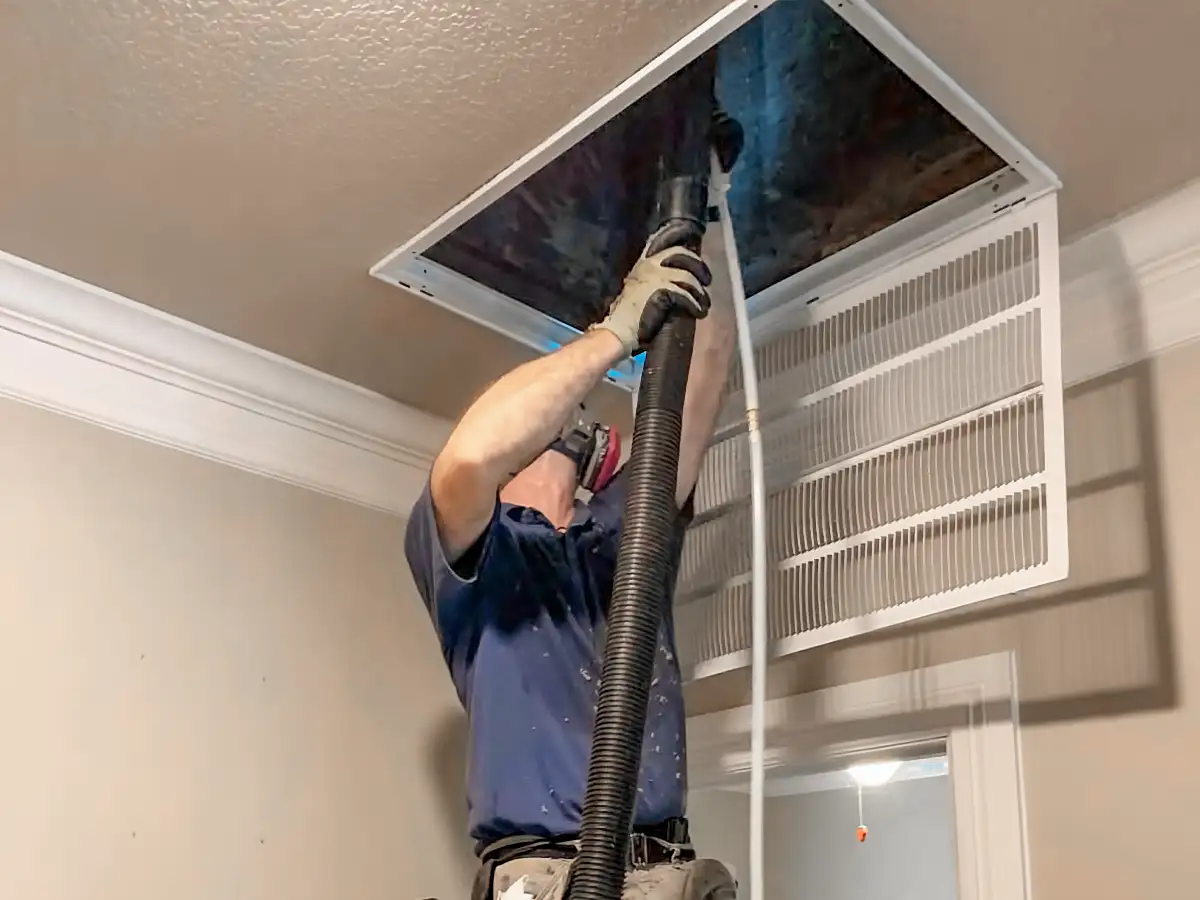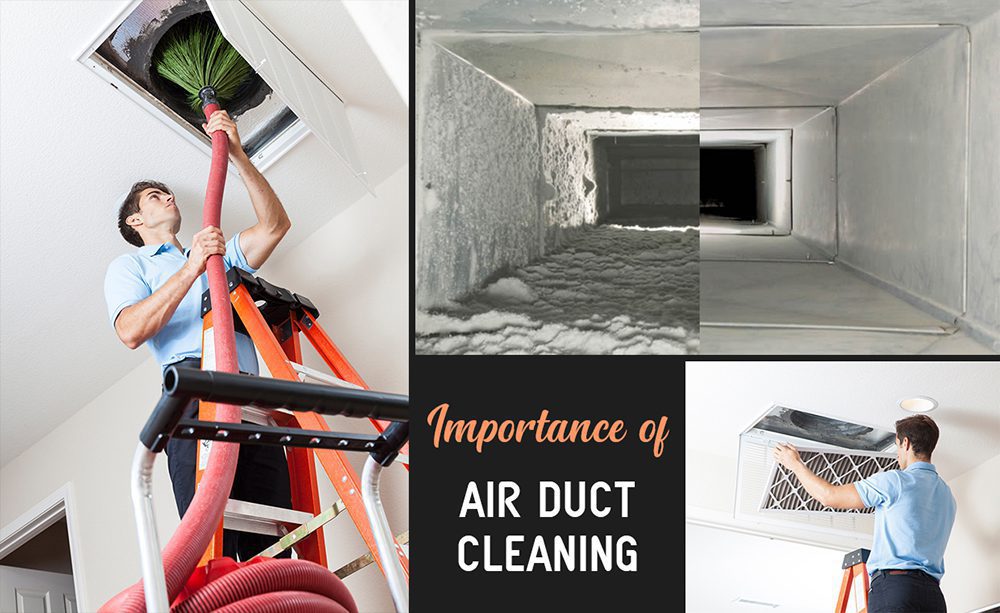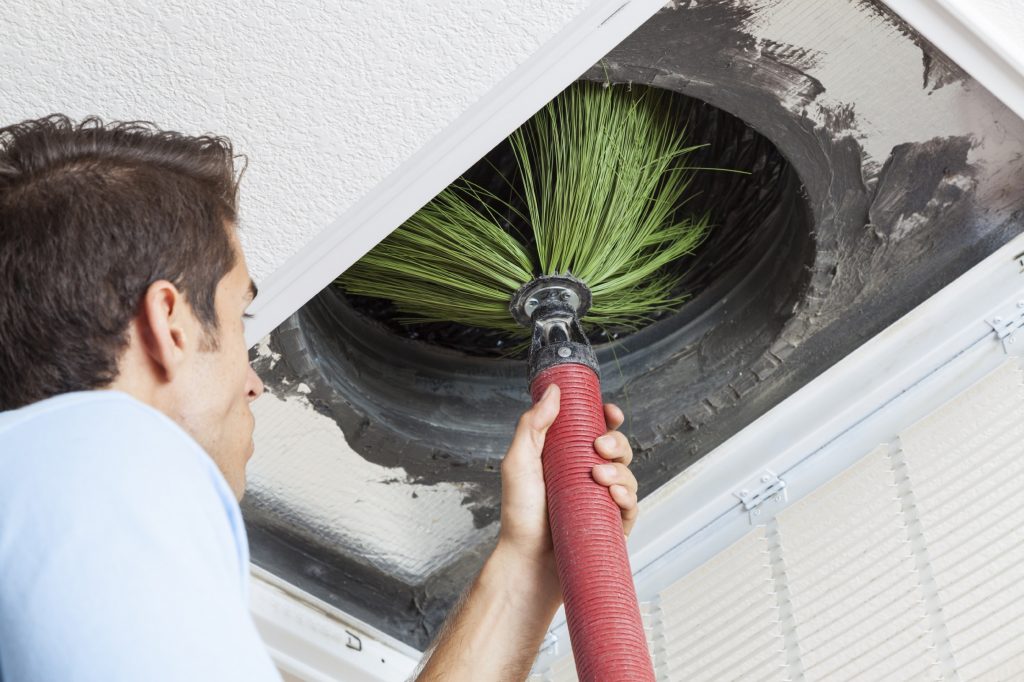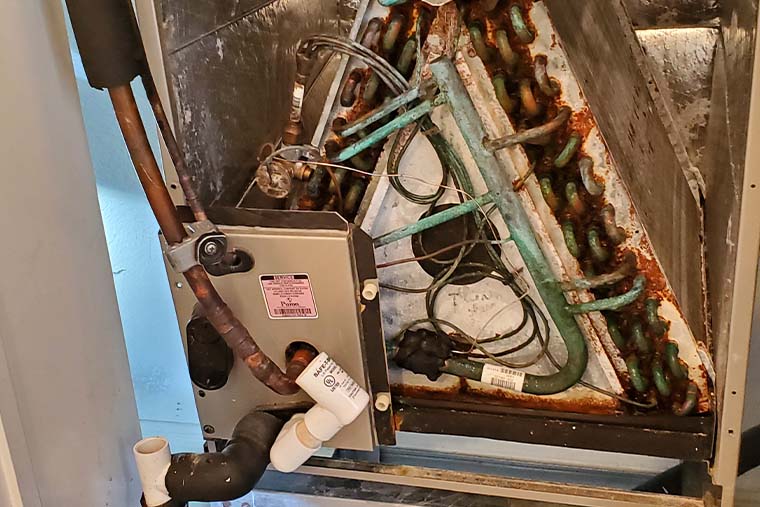Air Duct And Hvac Mold Cleaning Services

Many homeowners experience uneven heating or cooling throughout their homes. One room might be freezing while another is sweltering. This frustrating situation often leads to increased energy bills and discomfort. While several factors can contribute to this, a common culprit, especially in older homes, is issues within the air duct system, potentially compounded by mold growth. This article will guide you through a practical troubleshooting process.
Diagnosing Uneven Heating or Cooling: A Step-by-Step Approach
Before calling a professional, let's explore some simple troubleshooting steps you can take. Remember, safety is paramount. If you're uncomfortable with any step, or if you suspect a serious issue like a gas leak, immediately contact a qualified HVAC technician.
Step 1: Check the Thermostat
This might seem obvious, but it's the most logical starting point. Ensure your thermostat is set correctly to "Heat" in winter and "Cool" in summer. Double-check the temperature setting and make sure it's not too far from the current room temperature. Verify the thermostat is functioning correctly – consider replacing the batteries if it's battery-powered.
Things to check without tools:
- Thermostat mode (Heat/Cool/Auto)
- Temperature setting
- Battery life (if applicable)
- Thermostat location (avoid direct sunlight or drafts)
Step 2: Inspect Air Filters
A clogged air filter is a very common cause of reduced airflow and uneven heating/cooling. A dirty filter restricts airflow, forcing your HVAC system to work harder and less efficiently. This can lead to some rooms receiving less heated or cooled air than others. Replace the air filter regularly, typically every 1-3 months, depending on usage and air quality.
Things to check without tools:
- Filter condition (visually inspect for dirt and debris)
- Filter size (ensure you have the correct replacement filter)
Step 3: Examine Supply Vents and Registers
Walk through your home and check each supply vent (where air blows out) and register (the vent cover). Make sure they are all open and unobstructed. Furniture, rugs, or even curtains can block airflow. Feel the airflow from each vent – is it consistent across all rooms? Are there any vents with significantly weaker airflow?
Things to check without tools:
- Vent obstruction (furniture, rugs, etc.)
- Vent position (ensure vents are fully open)
- Airflow strength (compare airflow between different vents)
Step 4: Check Return Vents
Return vents (where air is drawn back into the system) are equally important. They ensure proper air circulation throughout your home. Make sure return vents are also clear of obstructions. A blocked return vent can starve the system of air, impacting its efficiency and leading to uneven heating/cooling.
Things to check without tools:
- Vent obstruction (furniture, rugs, etc.)
- Return vent cleanliness (check for dust buildup)
Step 5: Inspect Visible Ductwork (If Accessible)
In some homes, ductwork is partially visible in unfinished basements, attics, or crawl spaces. Carefully inspect any exposed ductwork for obvious signs of damage, such as tears, holes, or disconnected sections. Even small leaks can significantly reduce the efficiency of your HVAC system and cause uneven heating/cooling. Also, look for any signs of mold growth, which often appears as dark, fuzzy patches or staining.
Things to check without tools:
- Visual inspection for damage (tears, holes, disconnections)
- Signs of mold growth (dark patches, staining, musty odor)
Things to check with basic equipment (flashlight):
- Use a flashlight to inspect hard-to-reach areas of ductwork.
DIY Actions You Can Take (Safely!)
Based on your initial inspection, here are some simple DIY actions you can take:
- Replace the air filter: This is the most frequent and easiest task.
- Clear obstructions from vents: Ensure furniture and other items are not blocking supply or return vents.
- Reseal minor duct leaks: For small, easily accessible leaks in visible ductwork, you can use duct tape (aluminum foil tape) to temporarily seal them. Do not use regular duct tape, as it will dry out and become ineffective.
- Clean vent covers: Remove vent covers and clean them with soap and water to remove dust and debris.
When to Call a Professional HVAC Technician
While some problems are easily addressed with DIY solutions, others require the expertise and specialized equipment of a qualified HVAC technician. Here are some situations where professional help is necessary:
- Significant duct damage: If you find large tears, holes, or disconnected sections of ductwork, professional repair or replacement is essential. Attempting to fix these issues yourself could worsen the problem.
- Suspected mold growth: Mold remediation should always be handled by professionals. They have the training, equipment, and protective gear to safely remove mold and prevent its spread. Improper mold removal can release spores into the air, creating a health hazard.
- Refrigerant leaks: If you suspect a refrigerant leak (e.g., hissing sound, ice buildup on the unit), do not attempt to repair it yourself. Refrigerant is a hazardous substance that requires specialized handling.
- Electrical issues: Never attempt to repair electrical components of your HVAC system. This is extremely dangerous and can result in serious injury or death.
- Complex system malfunctions: If you've tried the basic troubleshooting steps and your system is still not working properly, it's time to call a professional. They can diagnose complex issues and perform necessary repairs.
- Uneven heating/cooling persists after DIY efforts: If you've cleared vents, replaced filters, and addressed minor leaks, but the problem persists, a professional can assess the ductwork design, insulation, and overall system performance.
Understanding Air Duct and HVAC Mold Cleaning Services
If you suspect or confirm mold growth within your ductwork or HVAC system, professional mold cleaning services are crucial. Mold can thrive in dark, damp environments, and air ducts provide an ideal breeding ground. Mold spores can circulate throughout your home, causing respiratory problems, allergies, and other health issues.
Here's what you can expect from professional air duct and HVAC mold cleaning services:
- Inspection and assessment: A qualified technician will thoroughly inspect your ductwork and HVAC system to identify the extent of the mold growth. They may use specialized tools such as borescopes to inspect hard-to-reach areas.
- Containment: To prevent the spread of mold spores during the cleaning process, the technician will seal off the affected areas.
- Mold removal: The technician will use specialized equipment, such as HEPA vacuums and antimicrobial cleaning solutions, to remove mold from the ductwork and HVAC components.
- Sanitization: After mold removal, the technician will sanitize the ductwork to kill any remaining mold spores and prevent future growth.
- Post-cleaning inspection: After the cleaning process is complete, the technician will conduct a final inspection to ensure that all mold has been removed.
Choosing a reputable mold cleaning service is essential. Look for companies that are licensed, insured, and certified by organizations such as the National Air Duct Cleaners Association (NADCA). Ask for references and read online reviews before making a decision.
Preventing Future Mold Growth
Once your air ducts and HVAC system have been professionally cleaned, it's important to take steps to prevent future mold growth:
- Control humidity: Mold thrives in humid environments. Use a dehumidifier to keep the humidity level in your home below 50%.
- Maintain proper ventilation: Ensure that your home is properly ventilated to prevent moisture buildup.
- Regularly inspect and clean your HVAC system: Schedule regular maintenance for your HVAC system, including cleaning the coils and drain pan.
- Replace air filters regularly: As mentioned earlier, replacing your air filter every 1-3 months is crucial for maintaining good air quality and preventing mold growth.
- Address water leaks promptly: Repair any water leaks in your home immediately to prevent moisture from entering your ductwork.
By following these steps, you can keep your air ducts and HVAC system clean and mold-free, ensuring a healthy and comfortable home environment.
Remember, a well-maintained HVAC system not only provides comfortable temperatures but also contributes to better indoor air quality and lower energy bills. When in doubt, always consult with a qualified HVAC professional.










